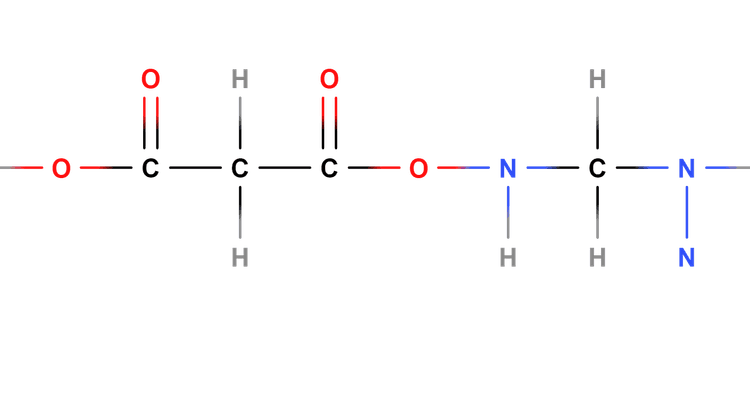Condensation polymerisation
I can explain the basic principles of condensation polymerisation.
Condensation polymerisation
I can explain the basic principles of condensation polymerisation.
These resources will be removed by end of Summer Term 2025.
Switch to our new teaching resources now - designed by teachers and leading subject experts, and tested in classrooms.
These resources were created for remote use during the pandemic and are not designed for classroom teaching.
Lesson details
Key learning points
- Condensation polymerisation requires monomers with two functional groups.
- Condensation polymers can be made of two different monomers.
- A polyester is formed by reaction of a monomer with two carboxylic acid groups with a monomer with two alcohol groups.
- In condensation polymerisation as well as the polymer a small molecule is formed, usually water.
- Amino acids contain two functional groups and can form polypeptides and proteins.
Keywords
Condensation polymerisation - Condensation polymerisation is a type of polymerisation where monomers join together to form a polymer and a small molecule such as water.
Addition polymerisation - Addition polymerisation is a type of polymerisation where monomers with a C=C double bond join together to form only one product, a polymer.
Polyesters - Polyesters are condensation polymers formed from monomers containing carboxylic acid and alcohol groups. They contain ester bonds.
Polyamides - Polyamides are condensation polymers formed from monomers containing carboxylic acid and amine groups. They contain amide bonds.
Polypeptides - Polypeptides are condensation polymers formed from amino acids. They contain peptide bonds.
Common misconception
Thinking that all polymers are only made up of one monomer. Also, confusing condensation reactions to think that it means to condense and take up less space.
Examples are shown where more than one monomer is used to make condensation polymers. Discuss what condensation is, and how condensation polymerisation produces water or other small molecules depending on the monomers used.
To help you plan your year 11 chemistry lesson on: Condensation polymerisation, download all teaching resources for free and adapt to suit your pupils' needs...
To help you plan your year 11 chemistry lesson on: Condensation polymerisation, download all teaching resources for free and adapt to suit your pupils' needs.
The starter quiz will activate and check your pupils' prior knowledge, with versions available both with and without answers in PDF format.
We use learning cycles to break down learning into key concepts or ideas linked to the learning outcome. Each learning cycle features explanations with checks for understanding and practice tasks with feedback. All of this is found in our slide decks, ready for you to download and edit. The practice tasks are also available as printable worksheets and some lessons have additional materials with extra material you might need for teaching the lesson.
The assessment exit quiz will test your pupils' understanding of the key learning points.
Our video is a tool for planning, showing how other teachers might teach the lesson, offering helpful tips, modelled explanations and inspiration for your own delivery in the classroom. Plus, you can set it as homework or revision for pupils and keep their learning on track by sharing an online pupil version of this lesson.
Explore more key stage 4 chemistry lessons from the Organic chemistry unit, dive into the full secondary chemistry curriculum, or learn more about lesson planning.

Licence
Starter quiz
6 Questions
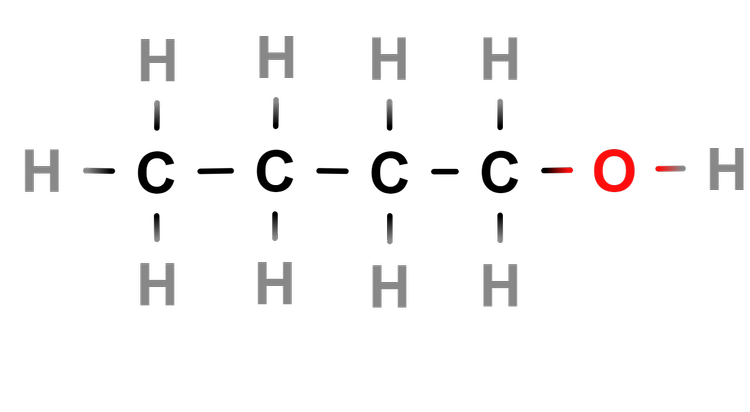
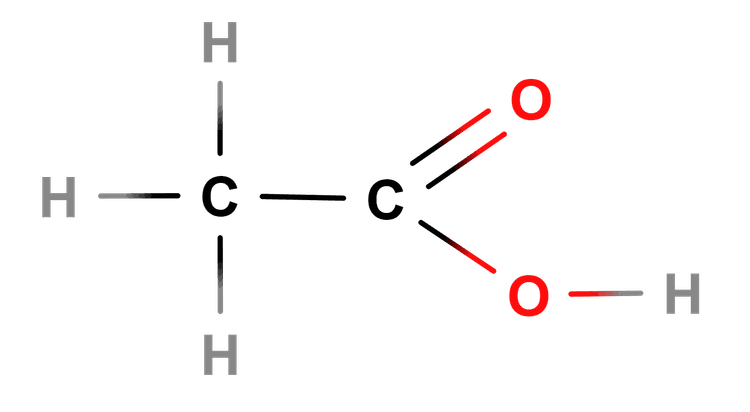
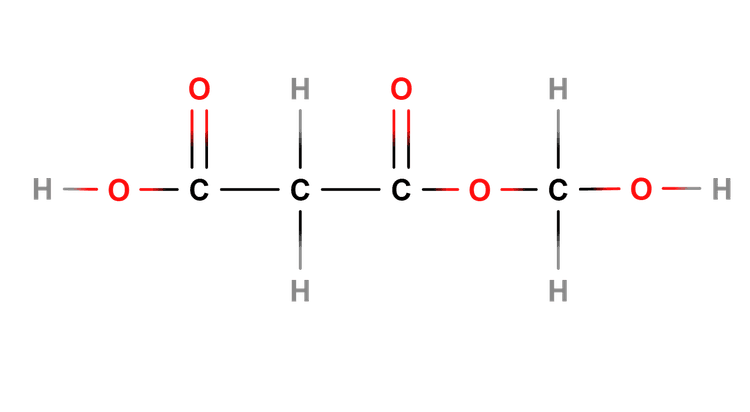
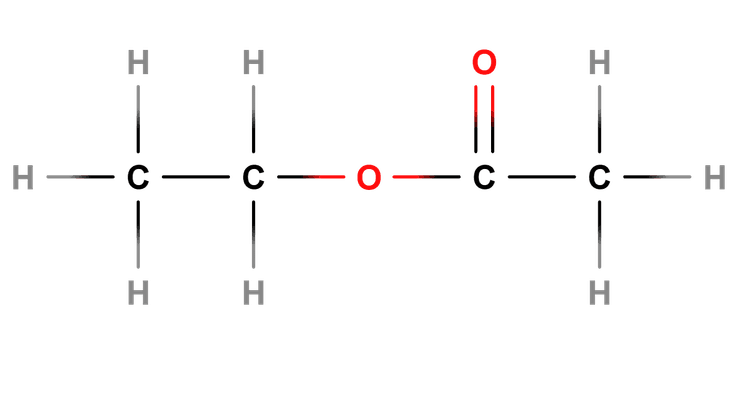
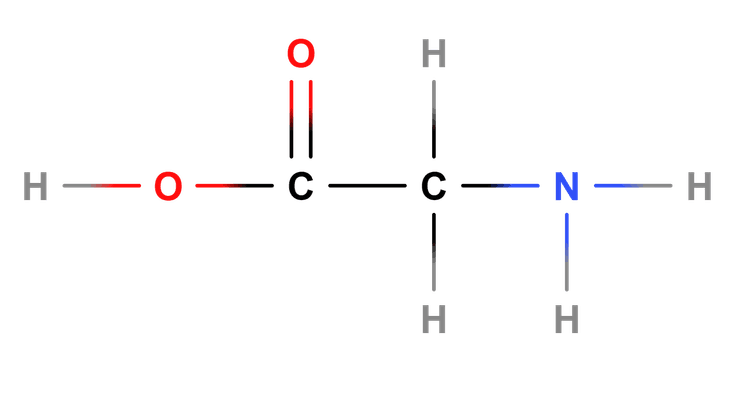
Exit quiz
6 Questions



